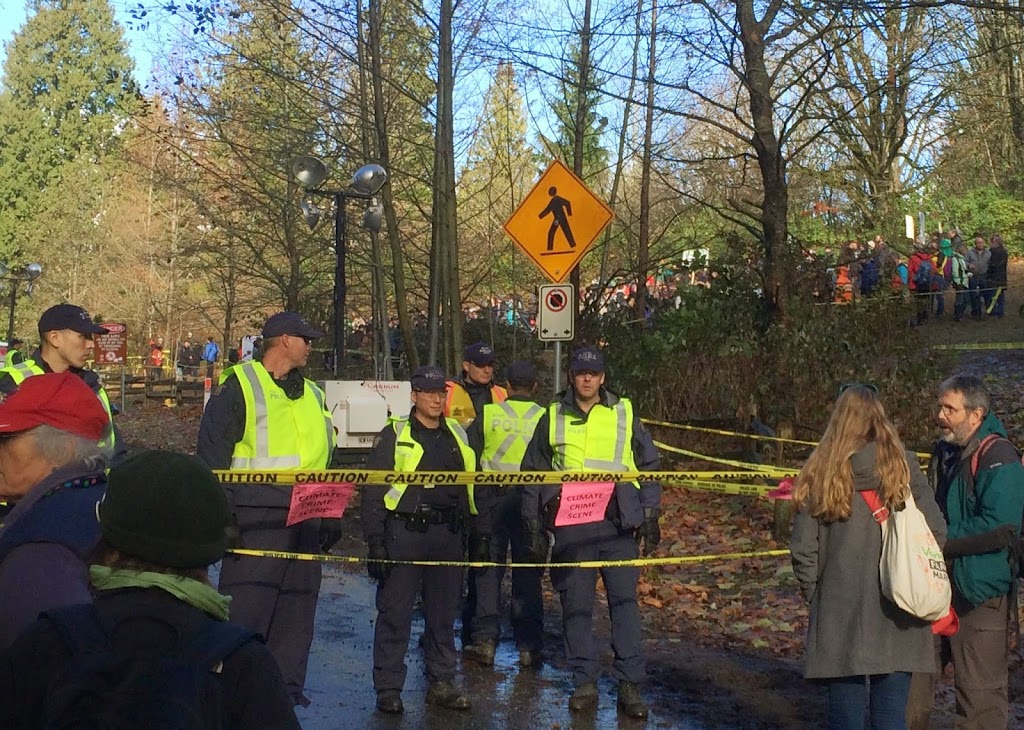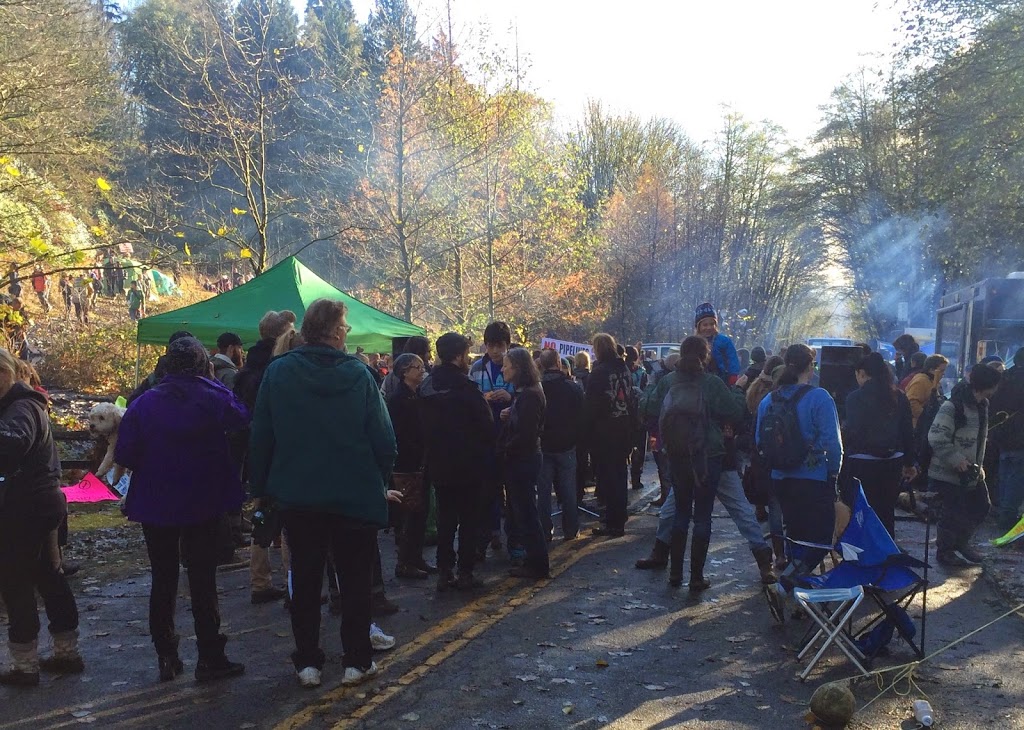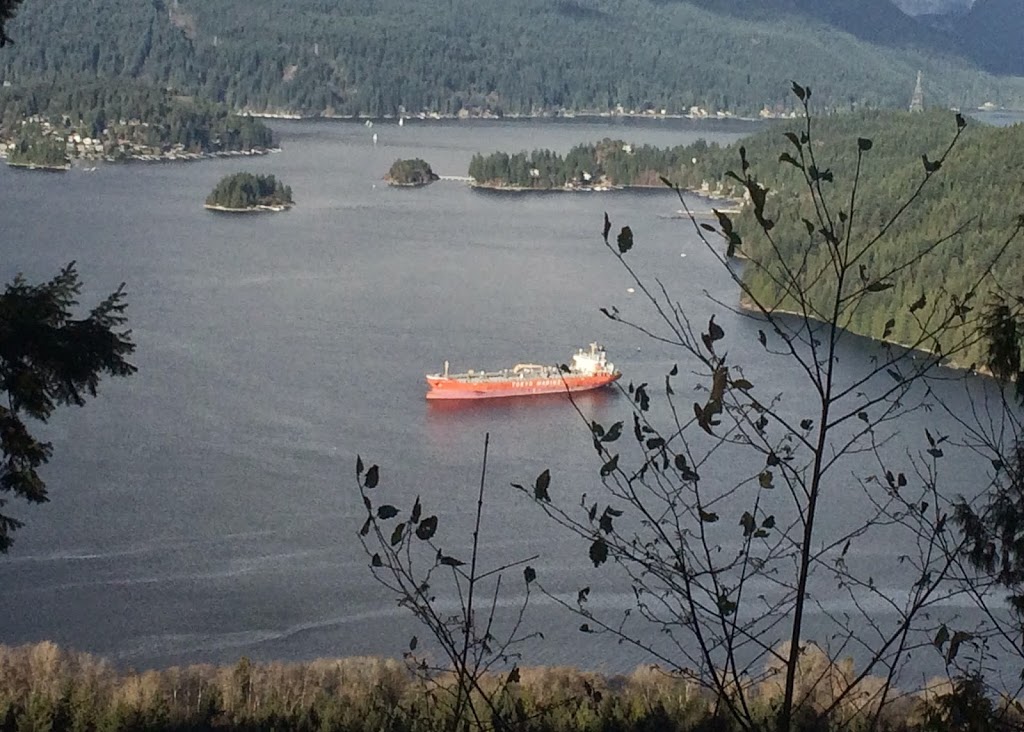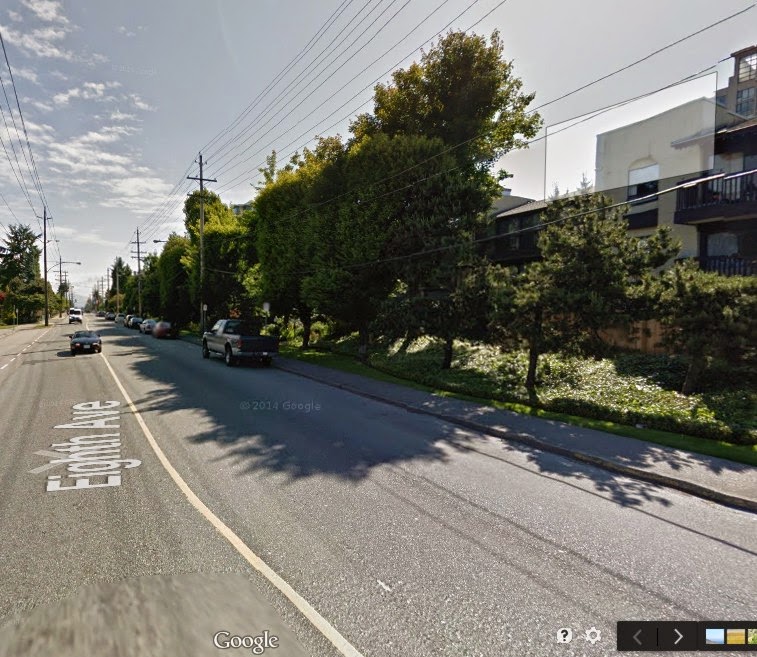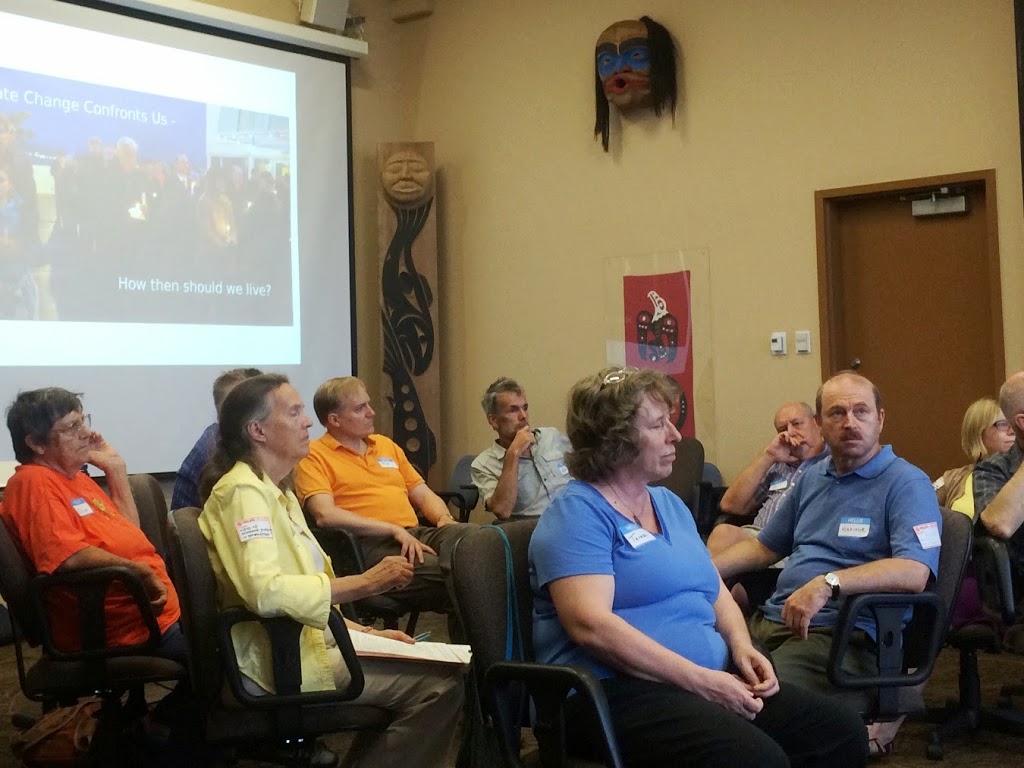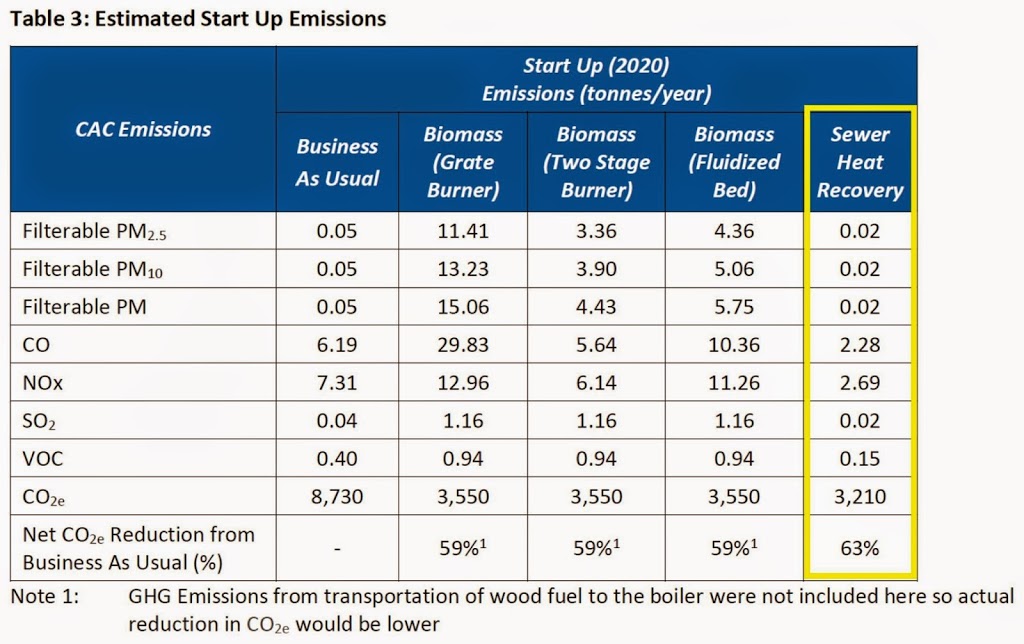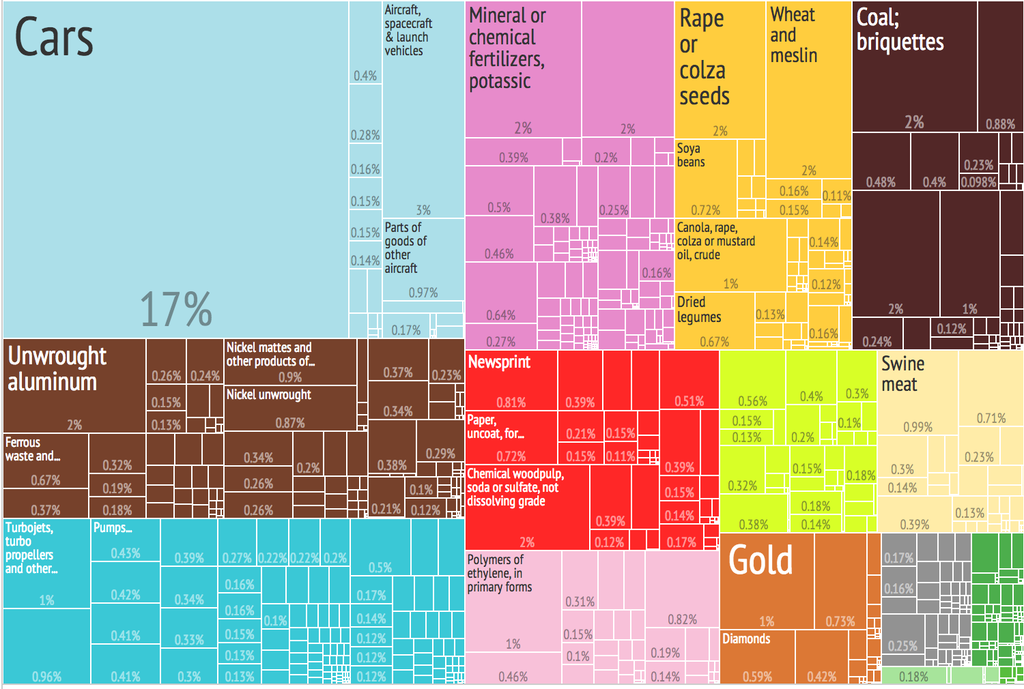I have been putting up boring council reports for so long, that I figure it is time to get back to a good old-fashioned NWimby-style rant here. It is about global warming, which I believe am convinced by the overwhelming scientific evidence is currently happening at a rate unprecedented in the last 2 million years, due directly to the accelerated introduction of fossil carbon into the atmosphere by human activities. If you are still in denial about this, you are either deluded or not paying attention, so before commenting here, please check your irrefutable factoid against this before trying to make your case.
That caveat on the old debate aside, we are not past the real debate about what to do about it. There is an argument that we should do nothing, but that is the deeply sociopathic side of the spectrum when we start to look at the seriously bad implications for the next generation of humans if we take that path (where do you plan to put 150 million Bangladeshis, not to mention 10 million Floridians?)
I also think there is a personal responsibility part – we (especially those of us in the rich industrialized world) need to take individual actions to address this real problem. We need to burn less fuel; we need support more sustainable farming practices; we need to stop buying so much disposable junk. But these individual actions will be meaningless without a coordinated government action, and societal shift to support those individual actions.
The Montreal Protocol was a good example of how this problem should have been addressed. Less than 15 years after the concept of ozone depletion by long-lived chlorofluorocarbons was proposed (and only a few years after that theoretical effect was demonstrated with a high level of certainty to be actually happening) the world’s governments took action, much to the protestations of DuPont and manufacturers of aerosol cans, and it worked. We have turned the corner on ozone depletion, DuPont still exists, as do aerosol cans. Industry adapted, society shifted, but it took government action.
However, those mid-80’s were simpler times. We had those socialist hippies Margaret Thatcher and Ronald Reagan running the free world like a commune, and Russia were our best friends yet. So world governments getting together to legislate an industry-constraining action to prevent life-altering damage to the earth’s atmosphere was a doable thing. Thirty years later, almost all of which have seen the world’s science community increasingly pleading for the world’s governments to do something about a slowly-emerging disaster, the progress on greenhouse gasses has been dismal. If we cannot count on the governments of the largest economies to fix the problem, we need to shift the economy.
A couple of years ago, the NWEP held a showing of the Bill McKibbon short film ”Do The Math” that made the case for fossil fuel divestment. If interested, I wrote a long piece about it at the time. The short version: investing in stranded hydrocarbon assets is a bad idea for long-term financial reasons, and for ethical reasons.
So back to the question of what we can do. As a municipal government we can shift to greener fleets and more efficient buildings, we can encourage energy efficiency in the community and in our corporate functions. We can encourage a form of development that results in lower GHG production: transit instead of freeways and compact, pedestrian-friendly mixed-use city centres instead of sprawling suburban expanses. We can even ineffectually express concerns about pipelines being built to facilitate the export of bitumen, and try to resist the expansion of thermal coal exports through our ports. But these will not be enough if we are continuing to fight the tide of an economy that does not serve our future.
The City can, however, divest from the companies that are pushing that unsustainable future. We can make the choice to not invest our money in the stranded assets that will, if dug out of the ground and burned, diminish the ability of the next generation to prosper. It isn’t just something we can do, it is something we should do.
So I moved the following at the June 22 Council Meeting:
WHEREAS: The City of New Westminster’s financial assets are invested with the Municipal Finance Authority, which includes pooled funds and direct investment in hydrocarbon extraction and pipeline operation companies;
WHEREAS: The City of New Westminster recognizes the global concern and risks of Anthropogenic Climate Change and has taken efforts to reduce the greenhouse gas impacts of its internal operations and in the community in general, and
WHEREAS: Investments in fossil fuel extraction carry numerous risks, including economic risk to market value of fossil fuel companies based on stranded assets through increased worldwide transition to renewable energy sources, including Canada’s own commitment to moving towards reduced GHG emissions and the G7 commitment to a carbon-free economy by the end of the Century;
THEREFORE BE IT RESOLVED: That New Westminster support ongoing efforts by communities and public institutions across Canada and North America to divest public investments from fossil-fuel related assets by calling upon the MFA to develop a plan to divest from these assets.
We are also not alone.
On Thursday, the City Council in Victoria will debating a motion to divest their assets from fossil fuels, and I suspect it is going to be successful.
As is typical these days, Canada is lagging behind the United States on this important environmental and social justice issue, as San Francisco, Seattle, Eugene, Boulder, an many other US Cities Seattle have already committed to fossil-fuel divestment.
Divestment does not have to be a sudden move to be effective. Although it represents less than 5% of our GDP, the oil and gas industry is still important to some regions of Canada, and we are going to be using hydrocarbons for the foreseeable future. However, if we agree that we need to continue to improve the quality of life of people on earth, we need to start the transition away from burning of coal, petroleum, and gas for our energy needs right away. We also need to give the industry, and the customers, a chance to adapt to the new reality, while easing the market forces into the right direction. A broadly-supported divestment strategy that rolls out over five or ten years will change the economics of the industry, and allows investment in alternatives, instead of continuing to invest in squeezing the last bit of prosperity out of last Century’s energy sources.
